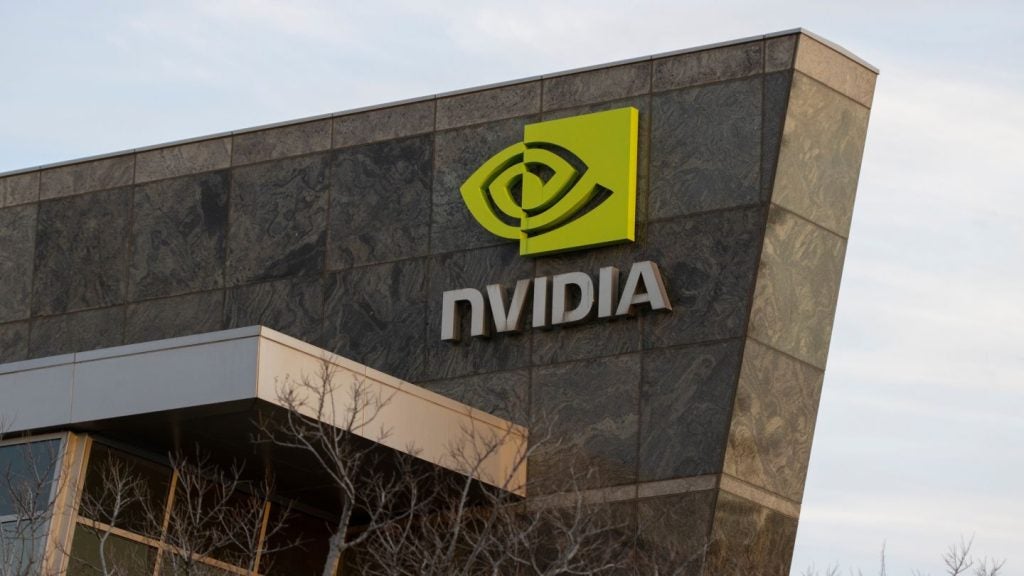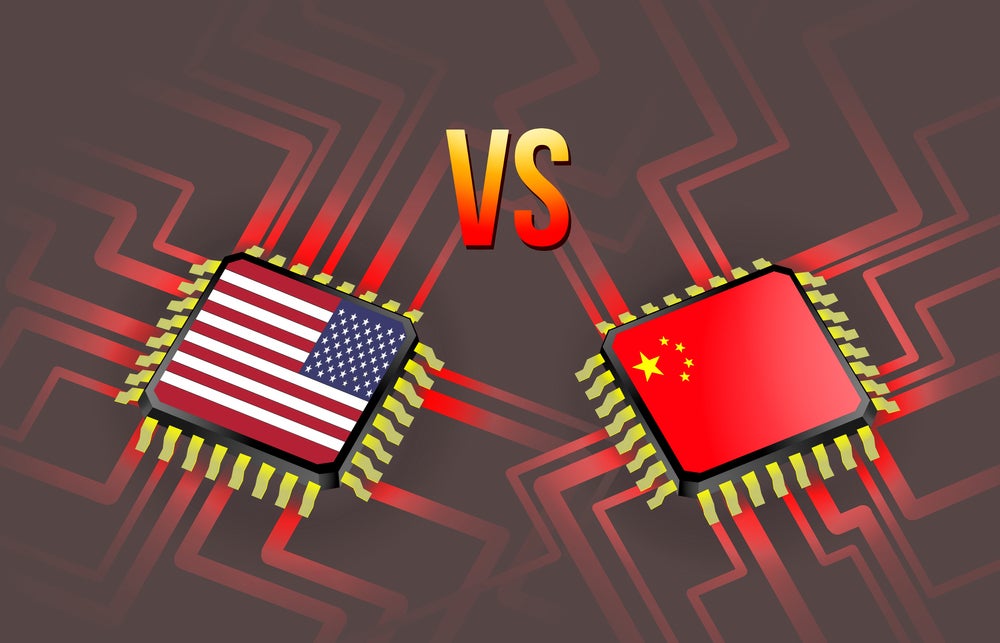5G is here, via the Verizon 5G launch of its home broadband service, even though it looks suspiciously like 4G.. But that’s OK: carriers are just monetizing the foundation they need to build today in order to provide the full 5G services we’ll enjoy in the next decade.
On October 1, Verizon will launch Verizon 5G Home in four US cities. The home broadband service promises typical speeds of about 300 Mbps and no data caps. In the grand tradition of cord cutting, it also offers TV via partnerships with YouTube, Apple, and Google Chromecast.
Is this the 5G we were promised?
Is it providing us with network performance tailored for cutting edge applications like virtual reality, large-scale IoT deployments, or autonomous vehicles?
No, not yet, but that’s OK. The industry had to lay the foundation before it could start to build the services on top. Verizon represents an early monetisation strategy: since it has to build out its 5G network anyway, it is using those upgrades to bolster its home broadband portfolio.
To be sure, home broadband isn’t all that gee-whiz of an offering, even if it is faster than most home broadband offerings in the US, and even if it does come with Verizon’s “white glove” installation.
What most of us want from 5G is probably something more like the holographic call that Vodafone UK carried on 20 September, with a full-size projection of soccer star Steph Houghton demonstrating some fancy ball handling and interacting with a fan.
But that’s the difference between a demo and a product. The telecoms industry is actually pulling off an infrastructure hat trick: it’s working out 5G standards, upgrading its networks, and providing 5G services all at the same time.
It’s as if the highway authority was letting cars drive on the roads while they were being resurfaced, all at higher speeds than before.
Future of 5G
The infrastructure revolution doesn’t happen overnight. This is why early 5G offerings – be they fixed or mobile – will look a lot like “4G 2.0.” 5G mobile devices will come to market in 2019 and enable incremental but still real improvements, loading pages faster, delivering smoother video, and so on.
Today the standards engineers are working on the new services that we’ll enjoy in the next decade: Vehicle to Everything (V2X) applications, new multimedia capabilities, automation, coordination with satellite and other forms of connectivity, and Local-Area Networks.
We’ll also see more finely-tuned network quality of service and better network security. This is the grand promise of 5G: networks that can support services we never had before, and do it more efficiently than the 4G networks we enjoy today.







